The Magic Flute
Wolfgang Amadeus Mozart
-
Act I
1 h 5 min.
-
Intermission
20 min.
-
Act II
1 h 10 min.
Duration: 2 h 35 min.
- See photo: The Magic flute photo Magda Hueckel-Śliwińska

- See photo: The Magic flute photo Magda Hueckel-Śliwińska

- See photo: The Magic flute photo Magda Hueckel-Śliwińska
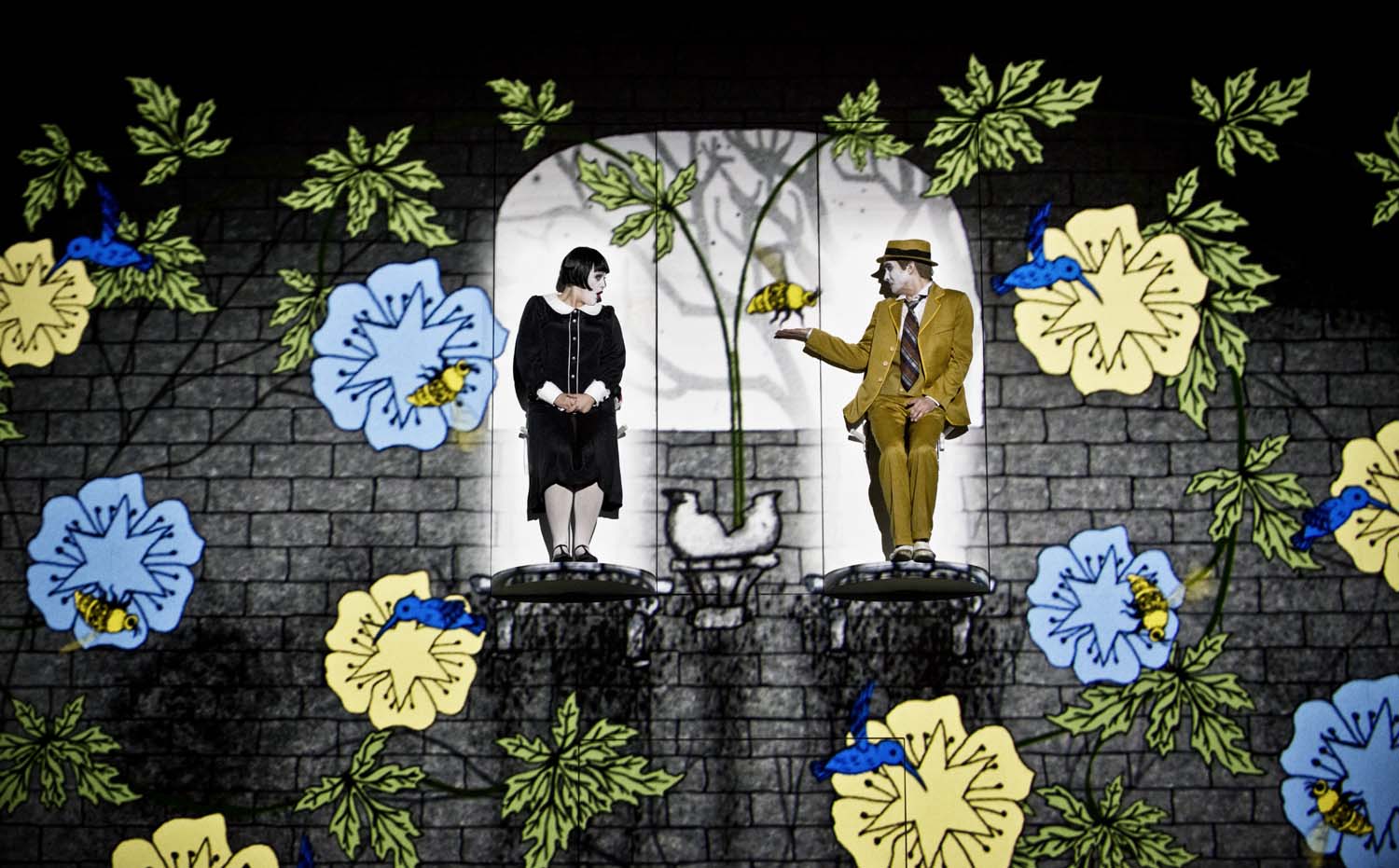
- See photo: The Magic flute photo Magda Hueckel-Śliwińska
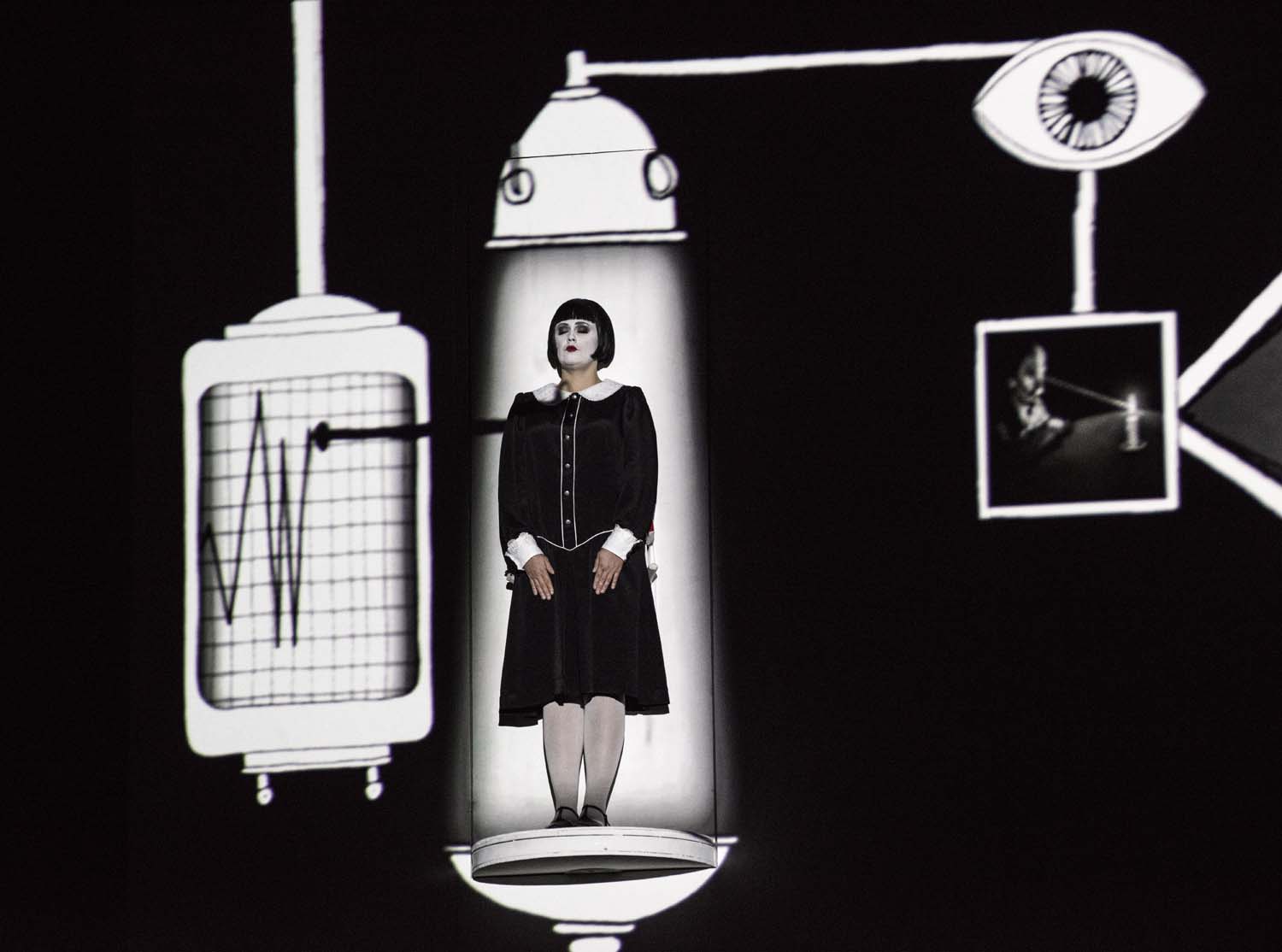
- See photo: The Magic flute photo Magda Hueckel-Śliwińska

- See photo: The Magic flute photo Magda Hueckel-Śliwińska
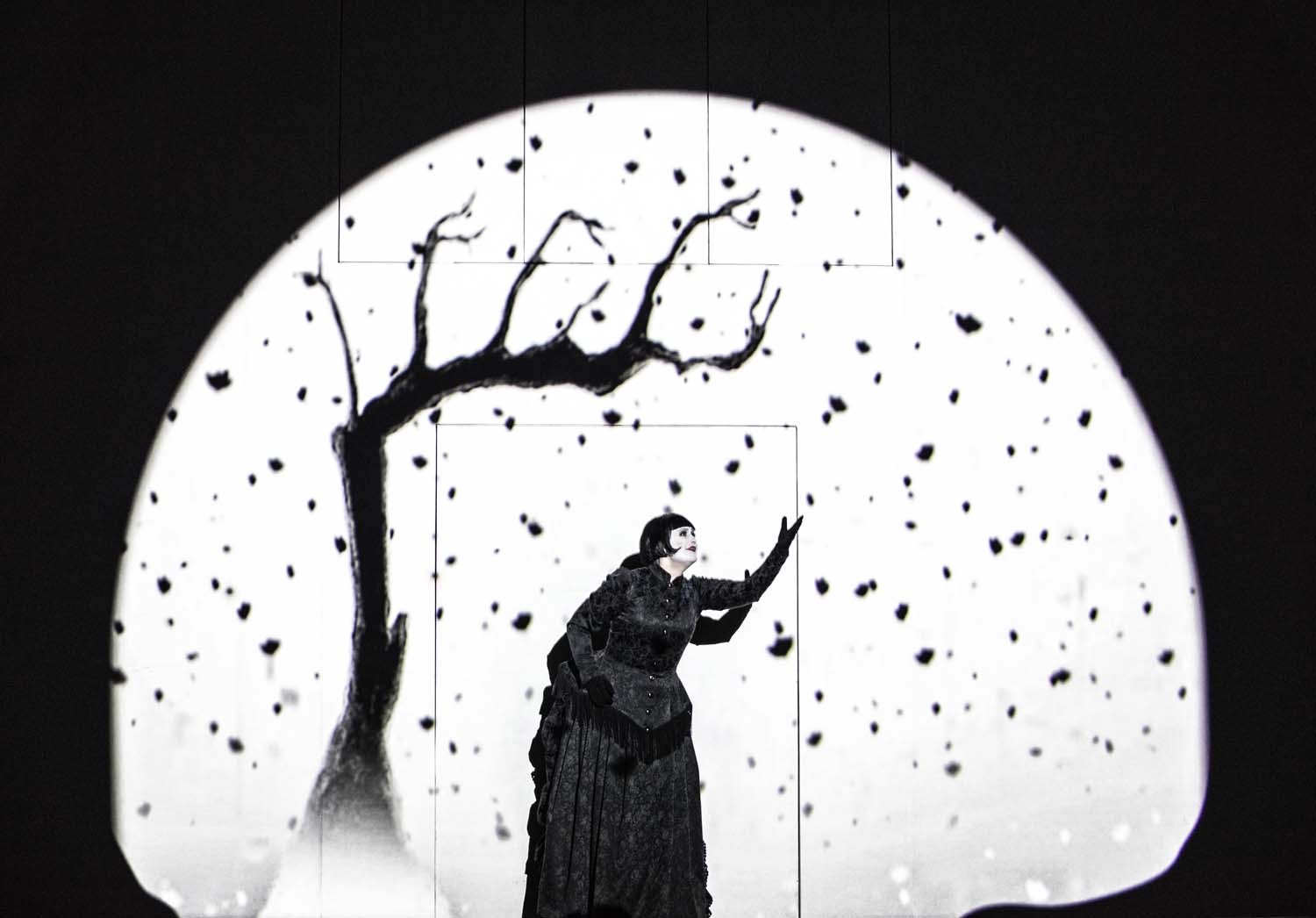
- See photo: The Magic flute photo Magda Hueckel-Śliwińska
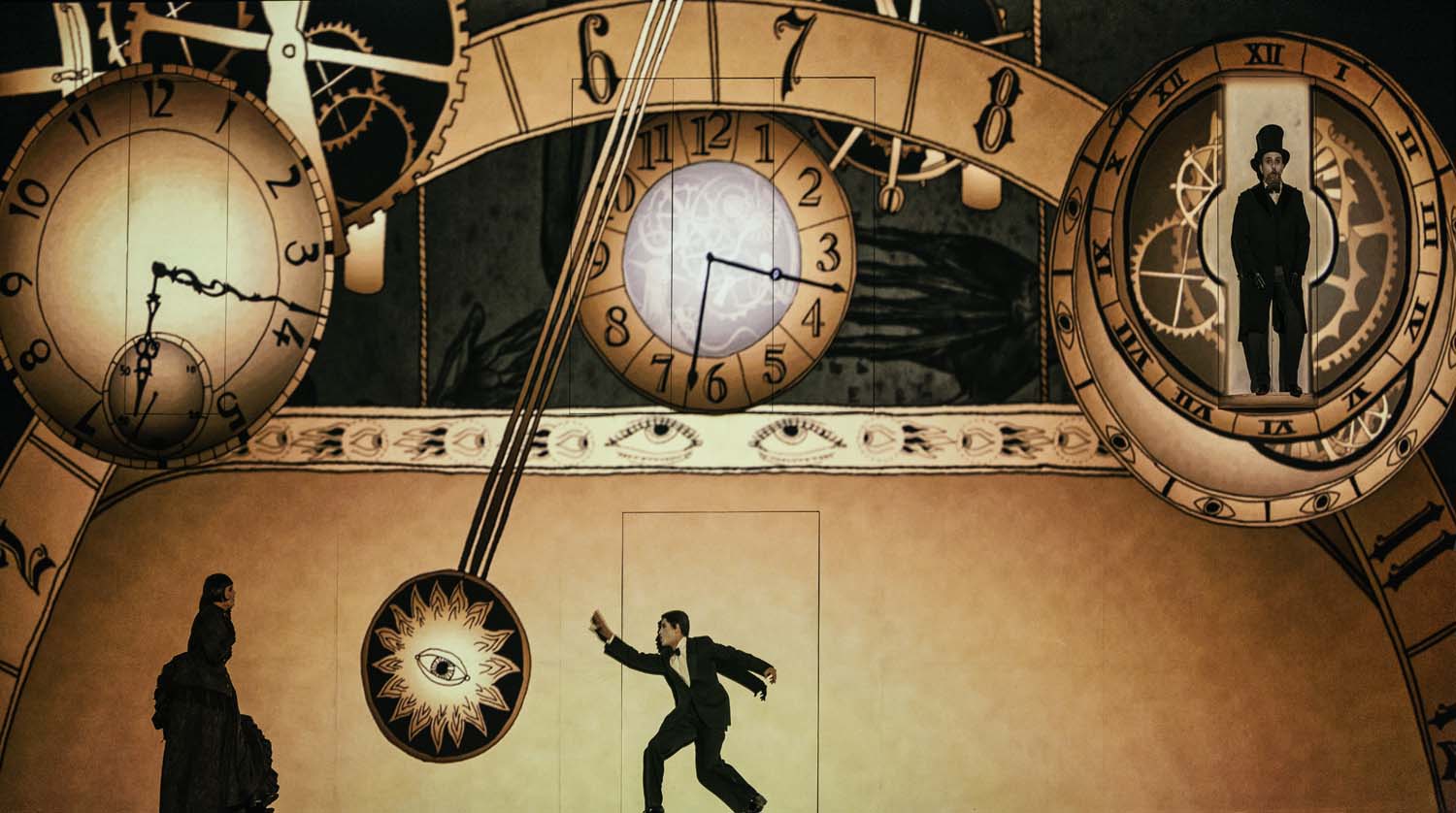
- See photo: The Magic flute photo Magda Hueckel-Śliwińska
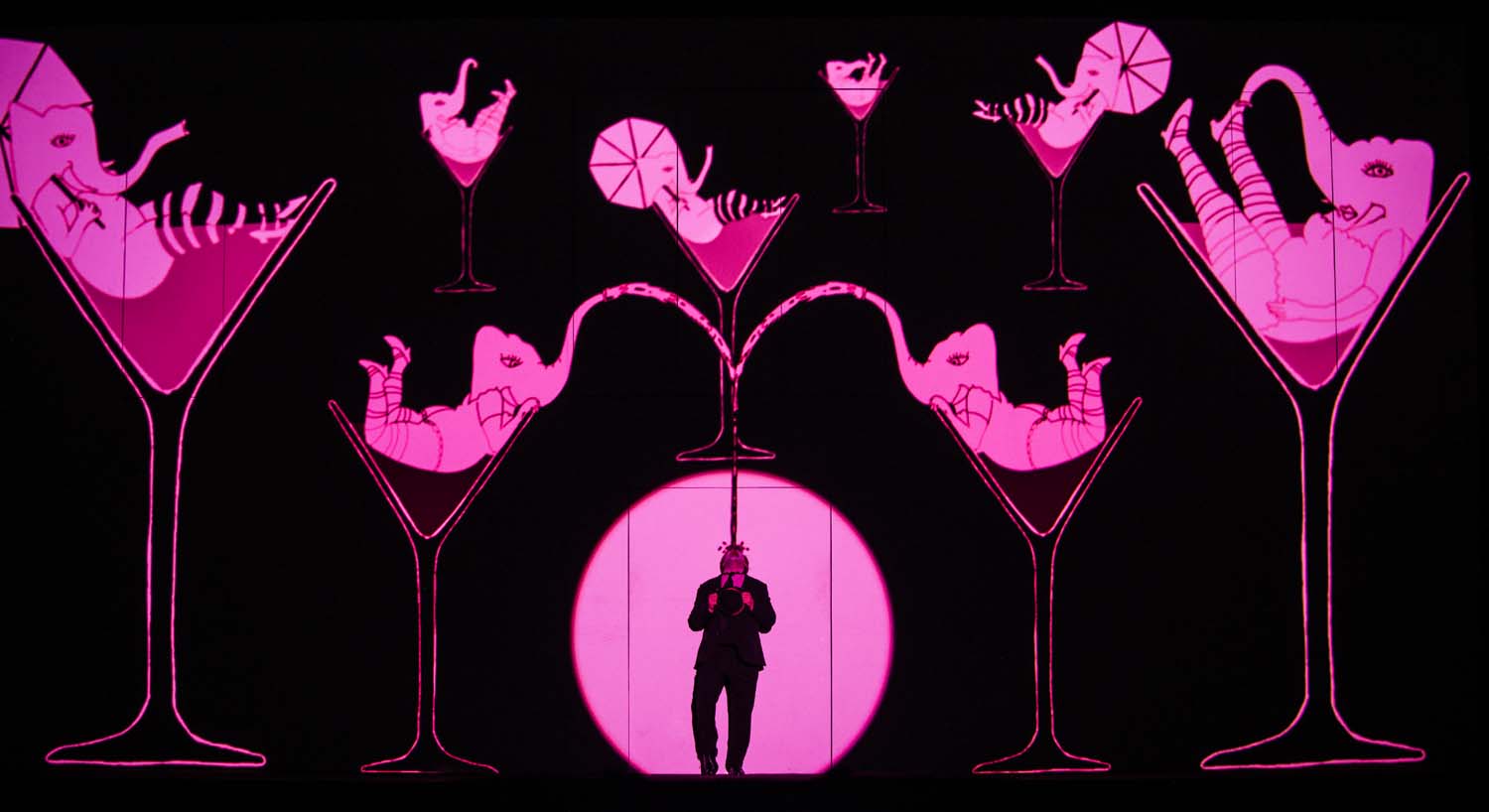
- See photo: The Magic Flute, photo: Iko Freese, drama-berlin.de

- See photo: The Magic Flute, photo: Iko Freese, drama-berlin.de
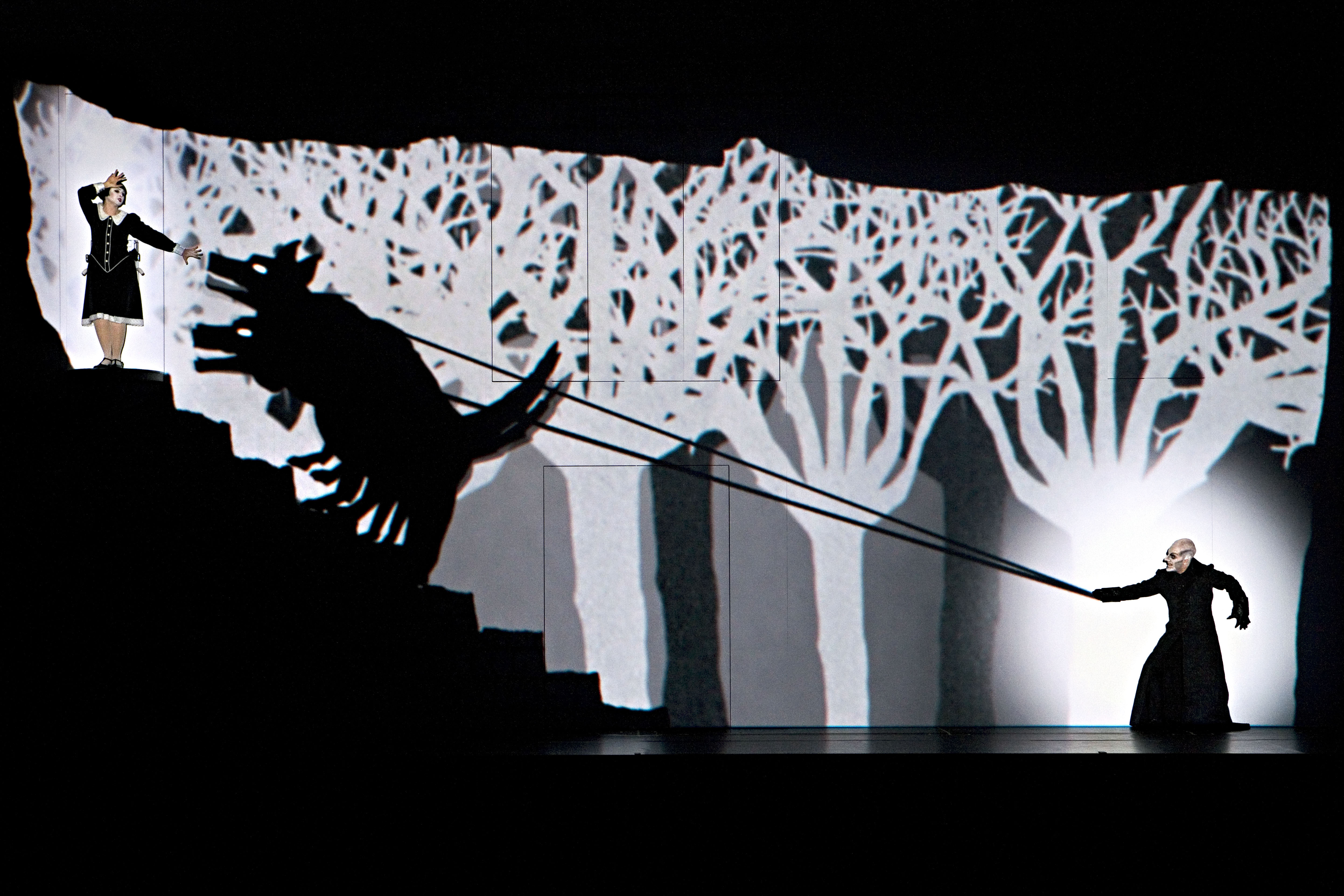
- See photo: Poster design by Adam Żebrowski

Opera in two acts
Libretto: Emanuel Schikaneder
World premiere: 30 September 1791, Vienna
Premiere of this production: 25 November 2012, Berlin
Production: Komische Oper, Berlin
In the original German with Polish surtitles
Mozart as he has never been staged before! One might take seriously the hope that 'the dark night retreats from the light of the sun' expressed in Emanuel Schikaneder’s libretto while watching the staging directed by Barrie Kosky, the artistic director of the Berlin Komische Oper. But everything else is far from serious here. It is surreal, crazy fun, full of surprising bursts. It is an aesthetically refined kaleidoscope, and at the same time a joke on Masonic initiations, which for years have been read into subsequent interpretations of The Magic Flute – one of the most frequently staged of Mozart’s operas. Is the lively Papageno a manifestation of intuition, instinct and spontaneity – a Freudian id? Is Tamino an embodiment of our drive, subject to rigors and trials? These and similar questions pale before the dynamics of the changing images. The main hero – a lover boy in the type of Rudolf Valentino – rushes towards his belle styled à la Louise Brooks. And the belle? Accompanied by a Buster Keaton lookalike she runs across rooftops. It’s exciting like silent cinema. Only sound and voices remind us that this oneiric element takes place in the Queen of the Night’s realm and that it’s still Mozart and his wonderful opera.
-
Time is measured by
-

Cast
-
- Pamina
- Tamino
- The Queen of the Night
- Sarastro/Speaker
- Papageno
- Papagena
-
- Monostatos
- First Lady
- Second Lady
- First Armoured Man
- Second Armoured Man
- Third Lady
-
- Pamina
- Tamino
- The Queen of the Night
- Sarastro/Speaker
- Papageno
- Papagena
-
- Monostatos
- First Lady
- Second Lady
- First Armoured Man
- Second Armoured Man
- Third Lady
-
- Pamina
- Tamino
- The Queen of the Night
- Sarastro/Speaker
- Papageno
- Papagena
-
- Monostatos
- First Lady
- Second Lady
- First Armoured Man
- Second Armoured Man
- Third Lady
-
- Pamina
- Tamino
- The Queen of the Night
- Sarastro/Speaker
- Papageno
- Papagena
-
- Monostatos
- First Lady
- Second Lady
- First Armoured Man
- Second Armoured Man
- Third Lady
-
- Pamina
- Tamino
- The Queen of the Night
- Sarastro/Speaker
- Papageno
- Papagena
-
- Monostatos
- First Lady
- Second Lady
- First Armoured Man
- Second Armoured Man
- Third Lady
-
- Pamina
-
Tamino
 Adrian Strooper
Adrian Strooper - The Queen of the Night
- Sarastro/Speaker
- Papageno
- Papagena
-
- Monostatos
- First Lady
- Second Lady
- First Armoured Man
- Second Armoured Man
- Third Lady
-
- Pamina
- Tamino
- The Queen of the Night
- Sarastro/Speaker
- Papageno
- Papagena
-
- Monostatos
- First Lady
- Second Lady
- First Armoured Man
- Second Armoured Man
- Third Lady
-
- Pamina
-
Tamino
 Adrian Strooper
Adrian Strooper - The Queen of the Night
- Sarastro/Speaker
- Papageno
- Papagena
-
- Monostatos
- First Lady
- Second Lady
- First Armoured Man
- Second Armoured Man
- Third Lady
-
- Pamina
- Tamino
- The Queen of the Night
- Sarastro/Speaker
- Papageno
- Papagena
-
- Monostatos
- First Lady
- Second Lady
- First Armoured Man
- Second Armoured Man
- Third Lady
Credits
-
- Conductor
- Director
-
Concept
 „1927” (Suzanne Andrade, Paul Barritt), Barrie Kosky
„1927” (Suzanne Andrade, Paul Barritt), Barrie Kosky - Set and costume designer
- Dramaturgy
- Lighting Designer
-
- Staging of the original production
- Chorus Master
- Preparation of the boy soloists
-
Pianist
- Animations
-
- Conductor
- Director
-
Concept
 „1927” (Suzanne Andrade, Paul Barritt), Barrie Kosky
„1927” (Suzanne Andrade, Paul Barritt), Barrie Kosky - Set and costume designer
- Dramaturgy
- Lighting Designer
-
- Staging of the original production
- Chorus Master
- Preparation of the boy soloists
-
Pianist
- Animations
-
- Conductor
- Director
-
Concept
 „1927” (Suzanne Andrade, Paul Barritt), Barrie Kosky
„1927” (Suzanne Andrade, Paul Barritt), Barrie Kosky - Set and costume designer
- Dramaturgy
- Lighting Designer
-
- Staging of the original production
- Chorus Master
- Preparation of the boy soloists
-
Pianist
- Animations
-
- Conductor
- Director
-
Concept
 „1927” (Suzanne Andrade, Paul Barritt), Barrie Kosky
„1927” (Suzanne Andrade, Paul Barritt), Barrie Kosky - Set and costume designer
- Dramaturgy
- Lighting Designer
-
- Staging of the original production
- Chorus Master
- Preparation of the boy soloists
-
Pianist
- Animations
-
- Conductor
- Director
-
Concept
 „1927” (Suzanne Andrade, Paul Barritt), Barrie Kosky
„1927” (Suzanne Andrade, Paul Barritt), Barrie Kosky - Set and costume designer
- Dramaturgy
- Lighting Designer
-
- Staging of the original production
- Chorus Master
- Preparation of the boy soloists
-
Pianist
- Animations
-
- Conductor
- Director
-
Concept
 „1927” (Suzanne Andrade, Paul Barritt), Barrie Kosky
„1927” (Suzanne Andrade, Paul Barritt), Barrie Kosky - Set and costume designer
- Dramaturgy
- Lighting Designer
-
- Staging of the original production
- Chorus Master
- Preparation of the boy soloists
-
Pianist
- Animations
-
- Conductor
- Director
-
Concept
 „1927” (Suzanne Andrade, Paul Barritt), Barrie Kosky
„1927” (Suzanne Andrade, Paul Barritt), Barrie Kosky - Set and costume designer
- Dramaturgy
- Lighting Designer
-
- Staging of the original production
- Chorus Master
- Preparation of the boy soloists
-
Pianist
- Animations
-
- Conductor
- Director
-
Concept
 „1927” (Suzanne Andrade, Paul Barritt), Barrie Kosky
„1927” (Suzanne Andrade, Paul Barritt), Barrie Kosky - Set and costume designer
- Dramaturgy
- Lighting Designer
-
- Staging of the original production
- Chorus Master
- Preparation of the boy soloists
-
Pianist
- Animations
-
- Conductor
- Director
-
Concept
 „1927” (Suzanne Andrade, Paul Barritt), Barrie Kosky
„1927” (Suzanne Andrade, Paul Barritt), Barrie Kosky - Set and costume designer
- Dramaturgy
- Lighting Designer
-
- Staging of the original production
- Chorus Master
- Preparation of the boy soloists
-
Pianist
- Animations
Chorus and Orchestra of the Teatr Wielki – Polish National Opera
Władysław Skoraczewski Artos Boys’ Choir (in the roles of Boys/Knaben)
Extras
Synopsis
-
ACT ONE
In a dark forest, far away ...
As he flees from a dangerous giant serpent, Tamino is rescued at the last second by the three ladies who serve the Queen of the Night. When he regains conscio- usness, the first thing Tamino sees is Papageno, and he believes him to be his rescuer.
Papageno, a bird catcher in search of love, does nothing to dispel the misunderstanding. The three la- dies return and punish Papageno for his lies by rende- ring him mute. They show Tamino a picture of Pamina, the daughter of the Queen of the Night, whom Tamino instantly falls in love with.Shortly thereafter, the Queen of the Night herself ap- pears and tells Tamino of her daughter’s kidnapping at the hands of Sarastro. Tamino responds with great enthusiasm to her command that he free Pamina. The three ladies give Papageno back his voice and instruct him to accompany Tamino. As a protection against danger, they give Tamino the gift of a magic flute, whi- le Papageno receives magic bells. The three ladies dec- lare that three boys will show Tamino and Papageno the way to Sarastro.
Pamina is being importuned by Sarastro’s slave Mono- statos. Papageno, who has become separated from Ta- mino on the way to Sarastro, is as scared by the strange appearance of Monostatos as the slave is by Papage- no’s. Alone with Pamina, Papageno announces that her rescuer Tamino will soon arrive. Papageno himself is sad that his search for love has thus far proved fruit- less. Pamina comforts him.
The three boys have led Tamino to the gates of Sara- stro’s domain. Although he is initially refused entry, Tamino begins to doubt the statements made by the Queen of the Night regarding Sarastro. He begins to play on his magic flute, and enchants nature with his music.
Papageno meanwhile flees with Pamina, but they are caught by Monostatos and his helpers. Papageno’s ma- gic bells put their pursuers out of action. Sarastro and his retinue then enter upon the scene. Monostatos leads in Tamino. The long yearned-for encounter between Tamino and Pamina is all too brief. Sarastro orders that they must first face a series of trials.
-
ACT TWO
The trial of silence
Tamino and Papageno must practise being silent. Because of the appearance of the ladies and their warnings, their ordeal is a truly testing one. Tamino remains resolute, while Papageno immedia- tely begins to chatter.
Meanwhile, Monostatos again tries to get close to the sleeping Pamina. The Queen of the Night appears and orders her daughter to kill Sarastro. Pamina remains behind, despairing. Sarastro seeks to console Pamina by foreswearing any thoughts of revenge.
The trial of temptation
Tamino and Papageno must resist any temptation: no conversa- tion, no women, no food!
As well as the magic flute and magic bells the three boys also bring Tamino and Papageno food, which Tamino once again ste- adfastly resists. Even Pamina fails to draw a single word from Tamino’s lips, which she interprets as a rejection. She laments the cooling of Tamino’s love for her.
Before the last great trial, Pamina and Tamino are brought together one last time to say farewell to one another.
Papageno is not permitted to take part in any further trials. He now wishes for only a glass of wine – and dreams of his great love.
For her part, Pamina believes that she has lost Tamino forever. In her despair, she seeks to end her own life, but is prevented from doing so by the three boys, who assure her that Tamino still loves her. Gladdened and relieved, Pamina accepts their invitation to see Tamino again. Reunited at last, Tamino and Pamina undergo the final trial together.
The trial of fire and water
The music of the magic flute and their love for one another allow Tamino and Pamina to conquer their own fear and overcome the dangers of fire and water.
Papageno is meanwhile still unsuccessful in his search for his gre- at love. Despairing, he now also seeks to end his life, but is also prevented from doing so by the three boys. Papageno’s dream fi- nally comes true: together with his Papagena, he dreams of being blessed with many children.
Meanwhile ...
... the Queen of the Night, the three ladies, and the turncoat Mo- nostatos arm themselves for an attack against Sarastro and his reti- nue. However, the attack is repelled.
Tamino and Pamina have reached the end of their trials, and can finally be together
Sponsors
-
Mecenas Teatru Wielkiego - Opery Narodowej
-
Partnerzy Teatru Wielkiego - Opery Narodowej
-
Patroni medialni
-
Patron of Teatr Wielki – Polish National Opera
-
Partners of Teatr Wielki – Polish National Opera





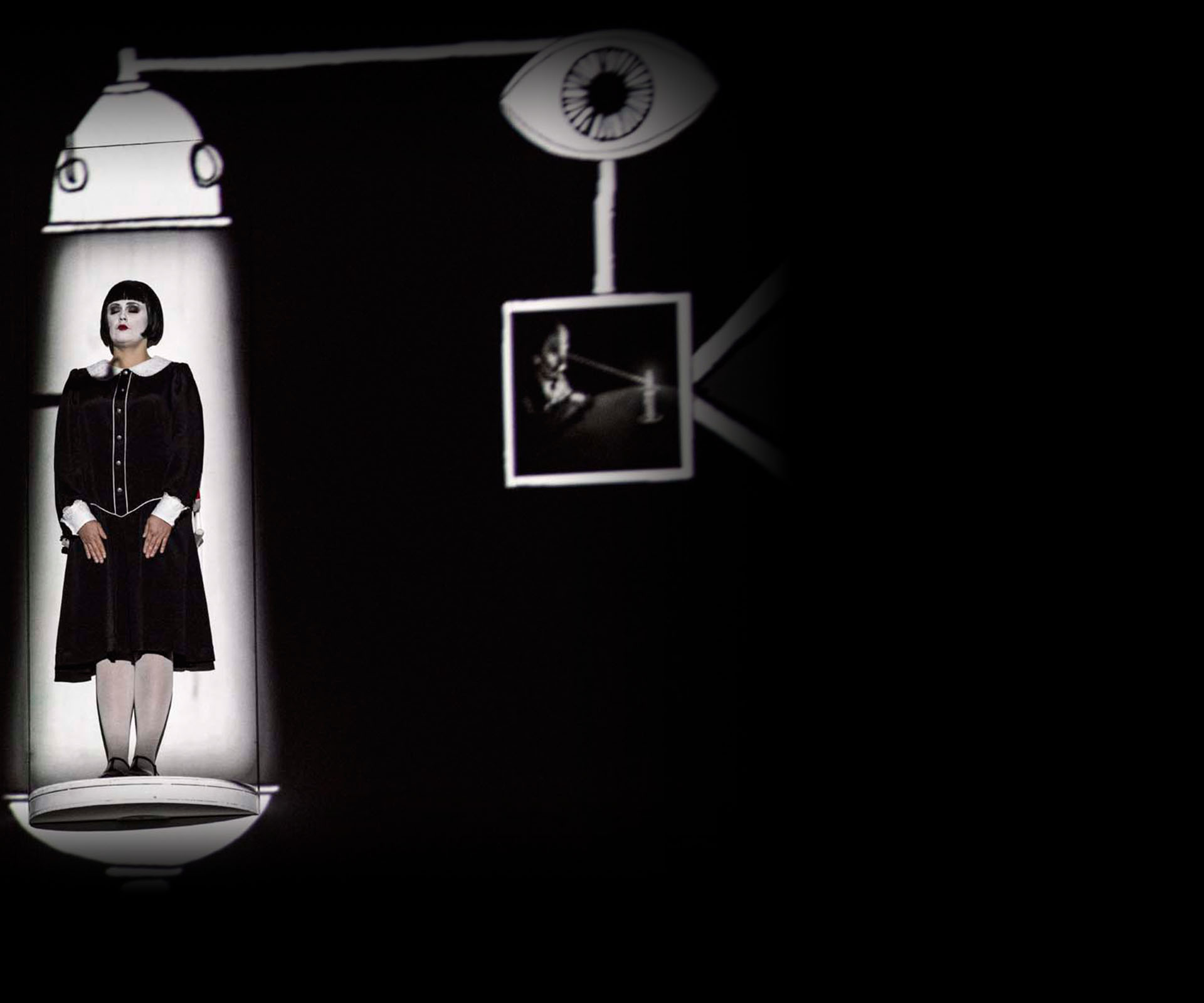
 Iwona Sobotka
Iwona Sobotka 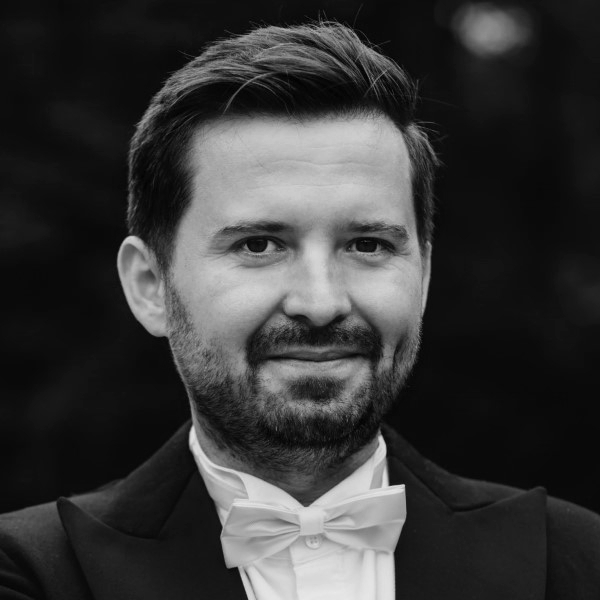 Emil Ławecki
Emil Ławecki  Aleksandra Olczyk
Aleksandra Olczyk  Aleksander Teliga
Aleksander Teliga ![[Translate to English:]](/fileadmin/_processed_/6/f/csm_remigiusz_lukomski_kwadrat_05aa478a8d.jpeg) Remigiusz Łukomski
Remigiusz Łukomski ![[Translate to English:]](/fileadmin/_processed_/1/8/csm_Hubert_Zapior_BIO_fot_Jan_Windszus_-_kwadrat_902a9a1276.jpg) Hubert Zapiór
Hubert Zapiór  Joanna Kędzior
Joanna Kędzior  Mateusz Zajdel
Mateusz Zajdel  Ewa Majcherczyk
Ewa Majcherczyk  Elżbieta Wróblewska
Elżbieta Wróblewska 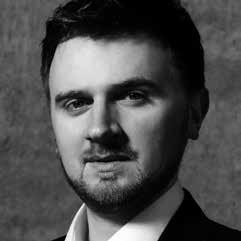 Paweł Kołodziej
Paweł Kołodziej  Piotr Maciejowski
Piotr Maciejowski  Agata Schmidt
Agata Schmidt ![[Translate to English:]](/fileadmin/_processed_/3/5/csm_Sylwia_Olszynska_2024_-_kwadrat_28cfd0f16e.jpg) Sylwia Olszyńska
Sylwia Olszyńska  Zbigniew Malak
Zbigniew Malak ![[Translate to English:]](/fileadmin/_processed_/f/e/csm_Joanna_Moskowicz_2023_3A_Foto_Katarzyna_Kowaliszyn_-_kWADRAT_58f3f619f1.jpg) Joanna Moskowicz
Joanna Moskowicz  Mikołaj Trąbka
Mikołaj Trąbka  Monika Buczkowska
Monika Buczkowska  Mateusz Stachura
Mateusz Stachura ![[Translate to English:]](/fileadmin/_processed_/0/2/csm_anna_borucka_2025_-_kwadrat_ef9111580e.jpg) Anna Borucka
Anna Borucka  Karolina Sikora
Karolina Sikora  Bartłomiej Misiuda
Bartłomiej Misiuda  Piotr Staniszewski
Piotr Staniszewski  Suzanne Andrade
Suzanne Andrade  Barrie Kosky
Barrie Kosky 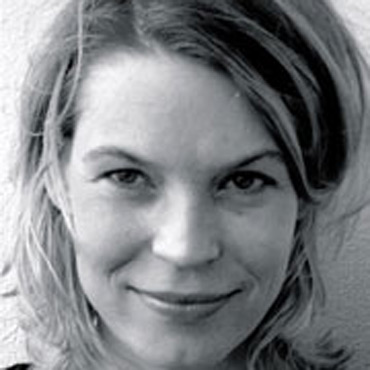 Esther Bialas
Esther Bialas 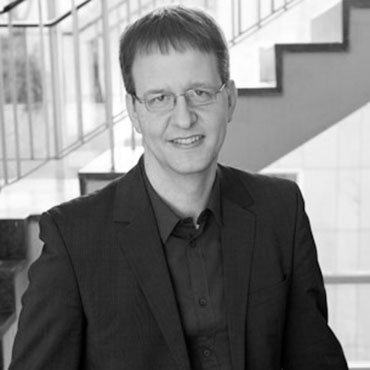 Ulrich Lenz
Ulrich Lenz  Diego Leetz
Diego Leetz  Tobias Ribitzki
Tobias Ribitzki  Mirosław Janowski
Mirosław Janowski  Danuta Chmurska
Danuta Chmurska 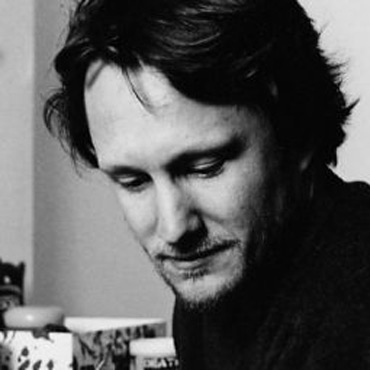 Paul Barritt
Paul Barritt 




